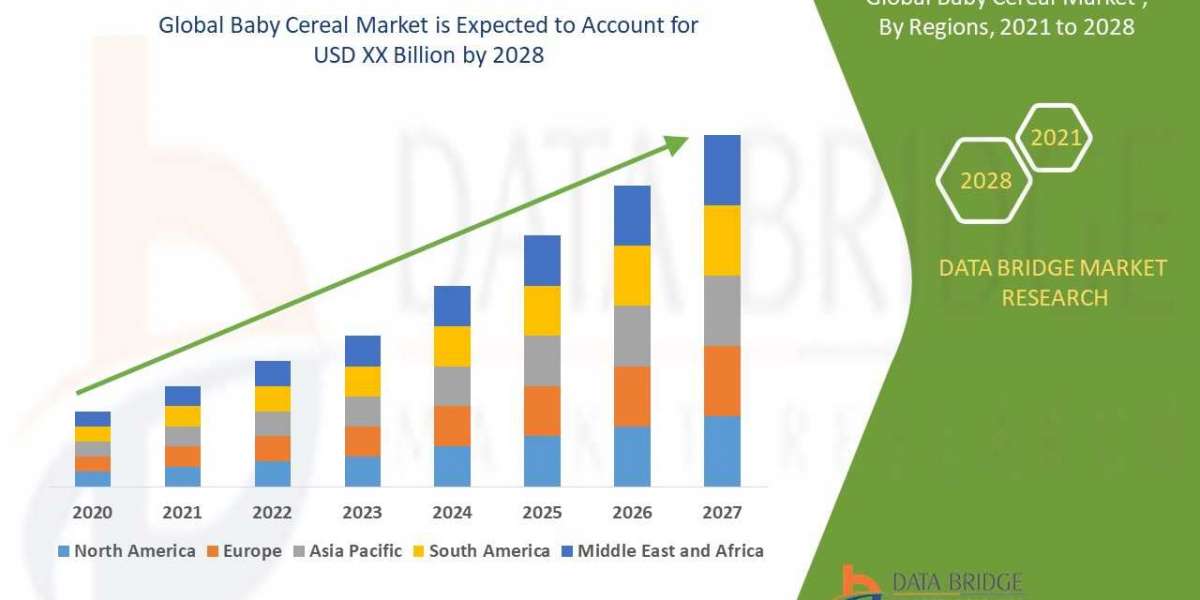Decoding the Future: A Deep Dive into the Evolution of Influencer Codes, In today's digital age, the influence of social media personalities, or influencers, has become a dominant force in shaping consumer behavior and brand perception. As this phenomenon continues to evolve, so too do the strategies employed by influencers and brands to engage audiences and drive sales. One such strategy that has gained prominence in recent years is the use of influencer codes – unique discount or referral codes provided by influencers to their followers. But what does the future hold for these codes in the ever-changing landscape of influencer marketing? In this article, we'll explore the past, present, and future of influencer codes, and examine the potential innovations and challenges that lie ahead.
The Rise of Influencer Codes
The use of influencer codes can be traced back to the early days of influencer marketing, when brands first began collaborating with social media personalities to promote their products or services. These codes typically offered followers a discount on purchases or exclusive access to special offers, serving as a powerful incentive for consumers to make a purchase while also providing a measurable way for brands to track the success of their influencer partnerships.
Over time, influencer codes evolved beyond simple discounts to encompass a wide range of benefits, including free gifts, limited edition merchandise, and even entry into exclusive events or competitions. As influencers amassed larger followings and established deeper connections with their audiences, the influence of these codes grew, driving significant sales and brand awareness for the companies involved.
The Current Landscape
Today, influencer codes are ubiquitous across social media platforms, with influencers from a diverse range of industries and niches leveraging them to monetize their content and engage their followers. From beauty gurus offering discounts on skincare products to fitness enthusiasts providing access to online workout programs, influencer codes have become an integral part of the online shopping experience for millions of consumers worldwide.
At the same time, brands have become increasingly sophisticated in their use of influencer codes, leveraging data analytics and machine learning algorithms to optimize their partnerships and maximize their return on investment. By tracking the performance of different codes across various platforms and demographics, brands can identify which influencers and campaigns are driving the most sales and adjust their strategies accordingly.
The Future Outlook
Looking ahead, the future of influencer codes is both promising and challenging. On the one hand, the continued growth of social media platforms and the rise of new technologies such as augmented reality and virtual reality are expected to create new opportunities for influencers to connect with their audiences and drive sales through innovative promotional strategies.
For example, we may see the emergence of interactive shopping experiences where consumers can try on virtual products or receive personalized recommendations based on their preferences and purchase history. Influencers could play a central role in curating these experiences and guiding their followers through the purchasing process, further blurring the lines between content creation and commerce.
On the other hand, the increasing saturation of the influencer marketing space and the proliferation of fake followers and engagement metrics present significant challenges for brands seeking to identify authentic and effective influencers to partner with. As a result, we can expect to see a greater emphasis on transparency and accountability in influencer partnerships, with brands and platforms implementing stricter verification processes and performance metrics to ensure that both parties are delivering value to their audiences.
Conclusion
In conclusion, influencer codes have emerged as a powerful tool for brands and influencers alike to connect with consumers and drive sales in the digital age. As the landscape of influencer marketing continues to evolve, so too will the strategies and technologies used to leverage these codes to their fullest potential. By staying ahead of the curve and embracing innovation, brands and influencers can continue to harness the power of influencer codes to create meaningful and impactful experiences for their audiences in the years to come.







